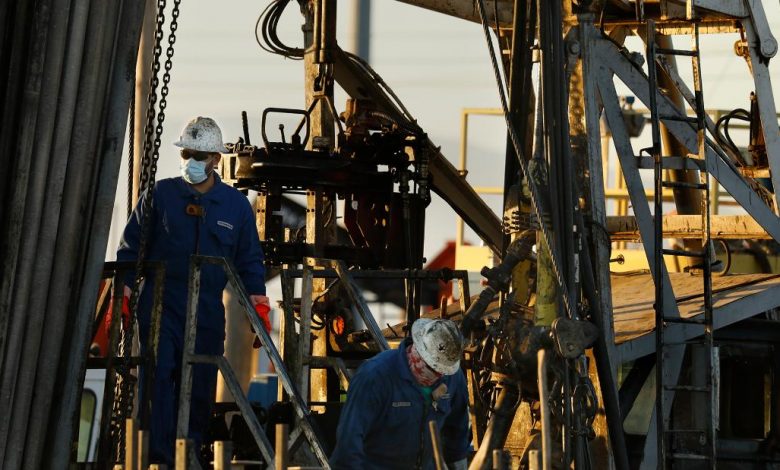The epidemic caused the disappearance of 107,000 oil and gas jobs. Most of them will not return soon

The vast majority of these energy jobs are unlikely to return anytime soon.
Deloitte’s analysis found that even if US oil prices remain at $ 45 a barrel through the end of 2021, 70% of the jobs lost during the pandemic in the oil, gas and chemical industry may not return by the end of next year.
“Such large-scale layoffs challenge the industry’s reputation as a reliable employer,” the Deloitte report said.
Part of the problem is that the boom-and-bust oil and gas industry fortunes are more closely tied to commodity prices than in the past.
Deloitte found that a $ 1 change, up or down, in US oil prices could affect 3,000 jobs in exploration and production services and oilfields, compared to 1,500 jobs in the 1990s. In other words, the link between jobs and prices is two times stronger than it was at the time.
This shift reflects the rise of oil shale, which made the United States the largest producer of oil and natural gas in the world in 2012. Unlike conventional oil and gas projects, shale is short-lived in nature because it can be condensed or reduced based on price fluctuations that affect hiring and firing decisions. .
Oil prices are below zero
Oil prices have been particularly hard-hit by the epidemic, which has caused a record collapse in demand for jet fuel, diesel and gasoline.
The situation was exacerbated by oversupply. As the epidemic approached, the United States was producing close to record amounts of crude oil. Then Saudi Arabia and Russia engaged in an epic price war that inflated the glut, causing the oil industry to nearly run out of space to store all of the excess barrels.
Heavy job cuts from Exxon, BP and Shell
“Significant measures are needed at this time to improve cost competitiveness and ensure that the company is managed through these unprecedented market conditions,” Exxon said in a statement.
The dangers of brain drain
Even the normally stable refining and chemicals sector in the industry has cut as much as 35,000 jobs, Deloitte said.
The danger is that these mass job cuts lead to a brain drain as talented workers flock to technology, consulting, and other industries that may have a brighter future.
The oil industry’s ability to re-hire laid-off workers will depend largely on the price trajectory.
If the price of US crude oil bounces to $ 55 a barrel and stays there until 2021, Deloitte estimates that 76% of the jobs lost during the pandemic could return.
Then again, in a pessimistic scenario where oil remains at $ 35 until next year, only 3% of those jobs would return, according to the report.
Collision with the climate crisis
“Covid-19 has rapidly accelerated the specter of peak oil demand, worsened the investment climate and investor appetite for fossil fuels, and reminded organizations to take the energy transition seriously,” Deloitte said.
Worse, it is becoming harder for fossil fuel companies to raise money.
The report said the weighted average cost of capital now stands at 8% to 10% for oil and gas – twice the cost of renewables.
Deloitte urged oil and gas companies to embrace sustainability as a way for business and use the pandemic as a “wake-up call” to decarbonize their business.
“The transition will not be easy, because many oil, gas and chemical companies are” struggling to survive, “the report said.

“Explorer. Devoted travel specialist. Web expert. Organizer. Social media geek. Coffee enthusiast. Extreme troublemaker. Food trailblazer. Total bacon buff.”





